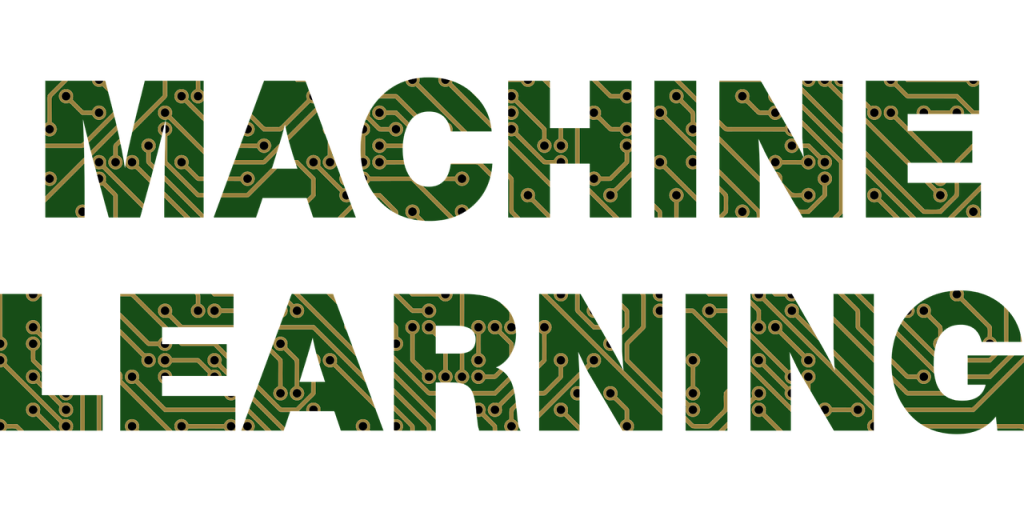
In the field of IT technologies, we often encounter buyers who insist on using ML. For them, ML seems like something magical. It is due to the distorted display of information about ML through the net. Sometimes a necessary task doesn’t even need ML because of its simplicity, and sometimes it also doesn’t need ML because of its complexity. This article is written to give you a clear idea of what ML shouldn’t do, what it can’t do yet, and what it can help with. If you need professional assistance with your business case, I got free and very to the point advice here.
What ML shouldn’t do?
If the task is simple and the pattern is obvious, then the help of ML is not required. You need to write a couple of lines of code to automate the program. In such simple questions, classical, rule-based automation will be much more effective than using ML. This way will be less time and resource-intensive and 100% more efficient.
For example, one client was asked to make an ML that would classify certain documents that came to him daily. In this case, instead of using ML, I found another solution. Using the document visualization, I saw that there is a list of keywords by which these documents are distinguished. I wrote a couple of lines of code. The code helped to find cool words in documents and classify them. I solved this easy question without the help of ML, and the client thought that ML was the only way out.
Let’s imagine that we solve this problem by building a machine learning model. The first step is to annotate some of the submitted documents before the model is trained to distinguish them. This will be time-consuming and costly. As a result, ML will make a false prediction, and a few lines of code will still be the best option.
My colleague had a request-segmentation of swimming pools and green areas in satellite images. For segmentation, he used colors (static threshold values based on rules) and did not use ML. It was a perfect and quick solution.
And my friend told me that he used a parser to segment sentences. And this method has surpassed his company’s machine learning model. A parser is a library that will perform the same tasks, but without using ML.
There is absolutely no need for machine learning when classifying documents. After all, the tasks are as obvious as possible. There are also controversial issues: should I use ML or codes in the segmentation of offers and pools? There are studies where both options were used and compared. To classify optical satellites, Ryan and his colleagues used codes and ML. So they classified the satellites into morphological categories and then compared the results.
Quite often, it all depends on the scenario. To give an example: my colleague’s use of the rules had a limitation in diversity. Here I am talking about traditional rules, about manual work. Rule-based ML is different. ML automatically defines the rules, but it needs the data.
What does ML can’t do?
If we are talking about something that ML can’t do, then it is worth telling the following story. The customer came and ordered the model setup. This model was supposed to perform all the tasks that the customer support service performs. This includes answering calls, responding to complaints, and so on. It is quite simple to create a model that can redirect complaints and analyze reviews. But it is not yet possible to build a universal multi-ML or one that can respond to reviews accurately and correctly.
What can ML do?
Machine learning can solve various problems – translate languages, recognize faces in pictures. Any operation in the near future can be automated, the main thing is a large amount of training data. If there is no data, then there will be no training. After all, it is not always possible to immediately understand whether ML should be used in a particular task or not. In such cases, engineers check the project to see if it is feasible or not.